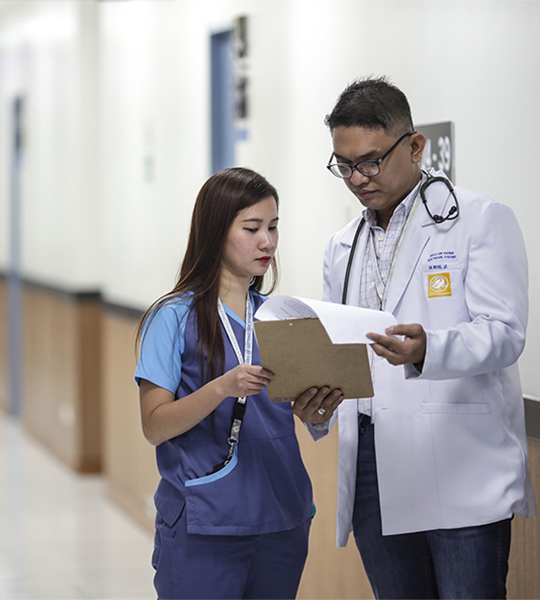Residency Curriculum - PM-2 Year

The PM-2 year is focused on providing residents with practical skills and experiences through 12 months of public health rotations. Residents will participate in rotations in 6 areas for 2 months each. Residents must complete a minimum of one rotation in each of the following areas:
- Biostatistics/Epidemiology,
- Clinical Medicine,
- Clinical Preventive Medicine,
- Environmental/Occupational Health,
- Health Systems Management and Administration, and
- Elective.
Residents choose from approximately 20 established rotations sites and may work with the Program Director and Program Coordinator to set up new elective rotations.
Biostatistics/Epidemiology (2 months)
- DSHS Chronic Disease Epidemiology
- DSHS Infectious Disease Surveillance
Clinical Medicine Rotations (2 months)
- DSHS Clinical Tuberculosis – Region 11
- Rural Health at Presidio County and Big Bend Regional Medical Clinic
- Texas Center for Infectious Disease
Clinical Preventive Medicine (2 months)
- Behavioral Health at Austin State Hospital
- Clinical Preventive Medicine at MD Anderson
- Operation Border Health Preparedness
Environmental/Occupational Medicine (2 months)
- DSHS Environmental Surveillance and Toxicology
- Occupational Medicine at University of Texas - Tyler
Health Systems Management and Administration (2 months)
- HHSC Behavioral and Mental Health Management
- Substance Use Health Systems Management
- DSHS Health Policy Development
- Regional Public Health Health Systems Management and Administration
- Sendero Health Insurance Systems Plans
Environmental/Occupational Medicine (2 months)
- DSHS Environmental Surveillance and Toxicology
- Occupational Medicine at University of Texas, Tyler
Electives (2 months)
- DSHS Border Health (clinical population-based preventive medicine)
- Cancer Prevention & Research Institute of Texas (CPRIT)
- Occupational and Travel Medicine at University of Texas - Austin
- UT Southwestern Addiction Medicine
- Heartland National TB Center (clinical population-based health services)
In addition, PM2 residents will engage in Journal Club, DSHS Grand Rounds, and other program lectures (including developing and teaching PM1 residents) and in-person and online trainings.
During the residency, residents will participate in a community needs assessment in odd years and a QI project in even years.
Lastly, residents will have the opportunity to attend at least one state, regional or national meeting.